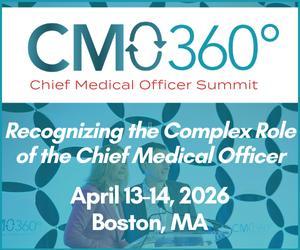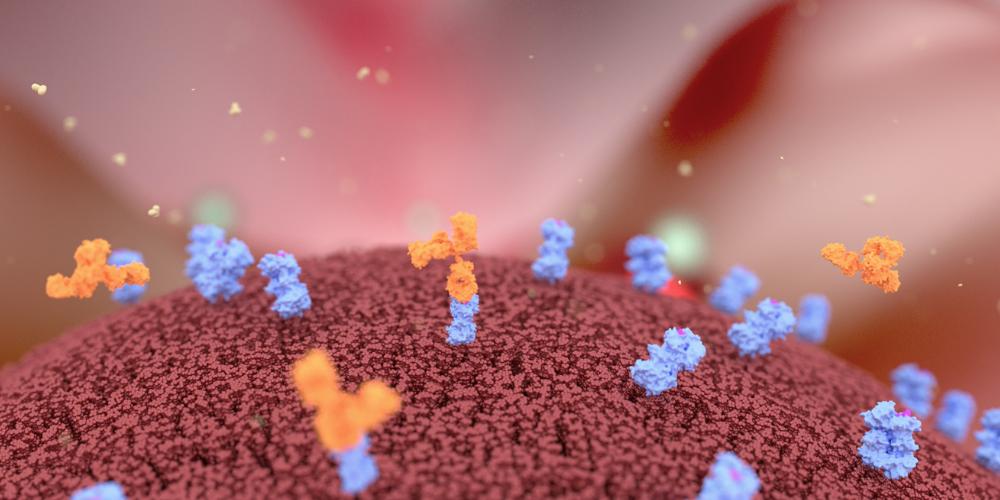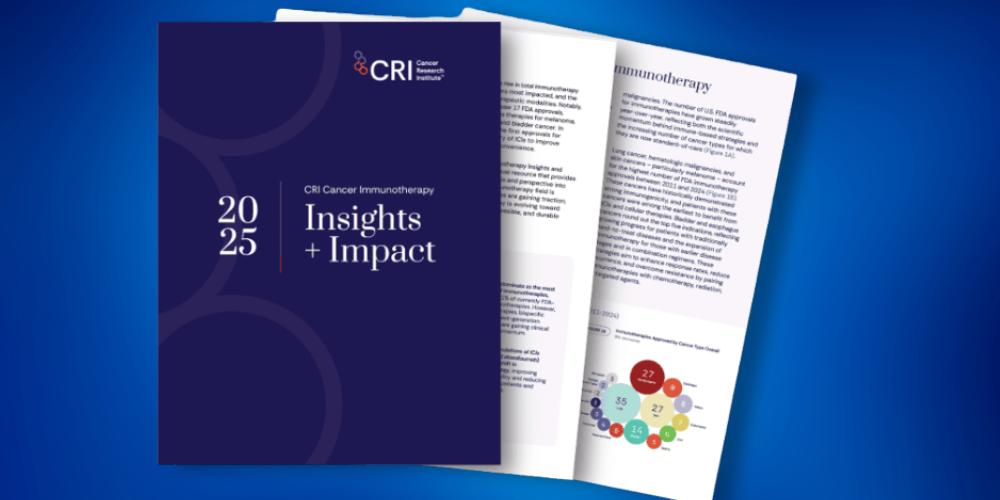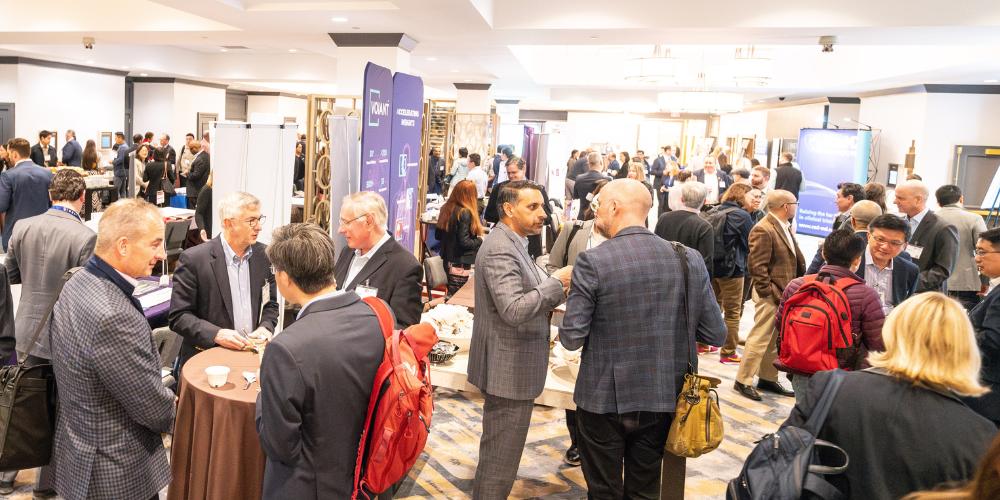Coherus Chief Development Officer on Next Steps in Toripalimab Drug Development
Theresa LaVallee, PhD, is the Chief Development Officer of Coherus, and recently shepherded their drug toripalimab through a challenging approval process. She tells us what is next for the drug, the challenges facing medicine developers, and what keeps her enthusiastic about immuno-oncology.

What is the work you’re leading at Coherus?
As the Chief Development Officer, I lead the Regulatory Affairs, Project Management, Analytical Sciences, Research and Translational Medicine departments. We are focused on expanding the US approval of toripalimab-tpzi (LOQTORZI®) to indications outside nasopharyngeal carcinoma (NPC) through combinations.
What is toripalimab?
Toripalimab is a differentiated PD-1 inhibitor having a unique binding epitope (FG loop of PD-1) and showed a higher binding affinity and in vitro more Th1- and myeloid-derived inflammatory cytokine responses than other approved PD-1 antibodies in peripheral blood mononuclear cells (PBMCs).
The JUPITER-06 study (1L ESCC evaluating toripalimab plus chemotherapy) showed similar efficacy in esophageal squamous cell carcinoma (ESCC) patients with PD-L1 high and PD-L1 low/zero and this supported the approval of toripalimab in Europe for our partner Junshi Biosciences for first-line ESCC patients irrespective of PD-L1 status.
"To be successful in drug development it requires creative solution-oriented approaches that appreciate all stakeholders needs and issues and collaboration."
What lessons did you learn from the experience of getting toripalimab approved?
Overall, it reinforced what I have seen throughout my career – to be successful in drug development it requires creative solution-oriented approaches that appreciate all stakeholders needs and issues and collaboration. Understanding the challenges the FDA investigators faced with needing to complete the required pre-approval inspections during the COVID pandemic and travel restrictions in China, helped us approach it with creative solutions.
The stereotype for scientists is that they work alone. An essential success factor in this field is the exact opposite – collaboration and working together to solve problems. The approval of toripalimab was possible due to collaboration with Junshi Biosciences, the FDA and other pharma. Hearing from NPC patients in the US and appreciating they did not have any approved treatments was a motivator.
What is next in the development process?
We are developing toripalimab in several tumor types, in combination with the Coherus pipeline: casdozokitug (an IL-27 antagonist) in hepatocellular carcinoma (HCC) and non-small cell lung cancer (NSCLC) and CHS-114 (a cytolytic anti-CCR8 antibody) in HNSCC and gastric cancer. Junshi also continues to develop toripalimab in combination with their innovative pipeline including tifcemalimab (anti-BTLA antibody).
What partnerships are you leading to further develop toripalimab?
Coherus has prioritized partnerships with other biopharma and academics with novel agents to evaluate combinations with toripalimab in clinical studies. We have announced partnerships with Inovio Biopharma and the Cancer Research Institute with ENB Therapeutics and look forward to new partnership announcements in 2025.
As a biotech company, we have a simple streamlined approach for providing toripalimab to partners. Additionally, we are interested in finding partners for casdozokitug and CHS-114 to advance development in other indications and/or with other immune activating agents.
What are your feelings about the IO biotech environment as we move into 2025?
The IO field is busy but not saturated as scientific progress has delivered vast amounts of new knowledge, for example on tumor microenvironment and a better understanding of immune context. With this new knowledge, the field of cancer immunotherapy will continue to grow significantly over the next decade.
I am incredibly passionate that oncology drug development can be done better and have championed this throughout my career. The key is to be science-driven and use the totality of the data – preclinical, disease linkage and clinical data.
"The key is to be science-driven and use the totality of the data – preclinical, disease linkage and clinical data."
What continue to be the logistical challenges that biotechs need to overcome to be successful?
We often hear that mouse models don’t translate but many things don’t translate to approval, including positive early phase clinical trials. We need to appreciate the learnings the preclinical models, disease information and early clinical studies tell us and collectively position the right drug, at the right dose and combination, in the right patient.
Who to treat is the hardest thing to figure out. Stating a clinical hypothesis for each clinical study is critical. If you say “I want to overcome PD-1 resistance by depleting Treg cells,” then you should know in the tumor types you are evaluating, how many patients have tumoral Treg cells, and what the range of the Treg density is in the tumor.
Additionally, we need to be bold to try new approaches without compromising study participants’ safety. For our casdozokitug program we often get asked why IL-27? What are you seeing that no one else is? The data support translation of the preclinical data, showing immune activation of T and NK cells and immune activity in lung and liver tissues, to oncology clinical trials showing an acceptable safety profile to date, immune activation of T and NK cells and monotherapy activity in lung cancer. Following the data should be sufficient to promote interest in a program.
What keeps you enthusiastic about IO progress?
PD-1 inhibitors have revolutionized cancer treatment, but the expectation that all IO will be as revolutionary as PD-1 inhibitors is unrealistic. We need to set expectations that the new cancer treatments will most likely improve care for select indications or patients and not dozens of indications.
There is a lot of talk about the IO failures, but we need to recognize the many impactful advances that have been made and will continue in the near future: many recent approvals in solid tumors for cell and gene therapy (eg. afamitresgene autoleucel), TIL therapy, TCEs (eg. tarlatamab), cytokines (eg. Anktiva) and advances in bispecific biologics and cancer vaccines.
IO will continue to advance cancer treatment, but we need to be thoughtful and science-driven in the development of these agents in the right patients. Even with as remarkable as these drugs are, only a minority of cancer patients enjoy benefit and there is still plenty of opportunity to move the needle forward. The two other major hurdles in the field are of course access to capital to advance the studies and a realistic approach to the amount of time it takes to analyze the data and design the pivotal studies.
What modalities or IO approaches stand out to you as potentially important or impactful for the future of how we treat patients?
I am particularly excited about bispecific biologics. It took over a decade to have the ability to design drugs with good pharmaceutical properties and this space should yield some exciting results.
The biggest impact will be defining “who to treat” with what agents and seeing drug approvals that are tumor-agnostic is an important advancement as well as seeing treatments moving into early stages of disease.
What made you passionate about entering this field?
I am lucky in that I am one of those people who always knew what I wanted to do. I have always been interested in helping patients but found direct patient care too hard emotionally. I love science and figuring out mechanisms. It is an amazing field.I enjoy working with people who are smart and have a passion for learning and the world around them. It is incredibly satisfying to know you were part of a team that brought forward a medicine or a diagnostic that helps a person who is suffering from cancer – a life-devastating diagnosis.
When you look at your career pathway, what was the guiding force for making the career choices you did, when you did?
My guide is to work with good, intelligent people and on projects that can help patients. I don’t want to be in an organization where people are fighting each other but one where folks are focused on advancing the projects and I can learn from them. I actively look to grow my skills in drug development and look “to put new tools in my toolbox”. Most of my job changes have occurred when someone called me with an opportunity that met those guiding principles.What was a piece of career advice that helped you during your career that you would pass on to young people, particularly young women, entering careers in science?
During my post-doc training my advisor, Dr Tom Maciag, told me the key to his success was he always hired people smarter than himself. I have followed that wisdom and been incredibly fortunate to hire people on my team who are passionate and incredibly bright. They have taught me a lot and helped the departments I have led to be very successful.For women specifically, it is much more common that women will tell you what they don’t know, instead of emphasizing what they do know and how they can add value. It is important to acknowledge what you don’t know, but one shouldn’t just present their gaps.
Book Recommendations










